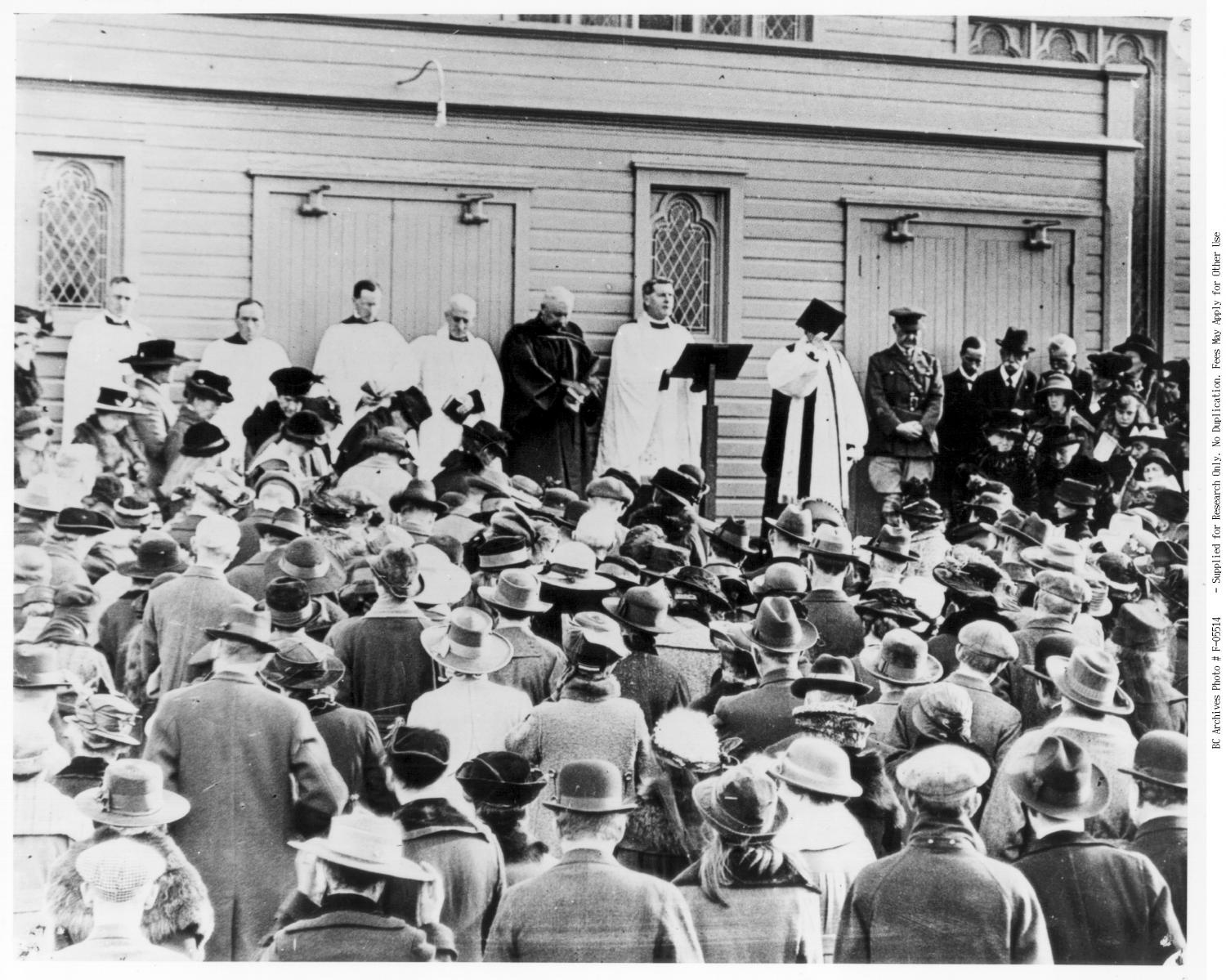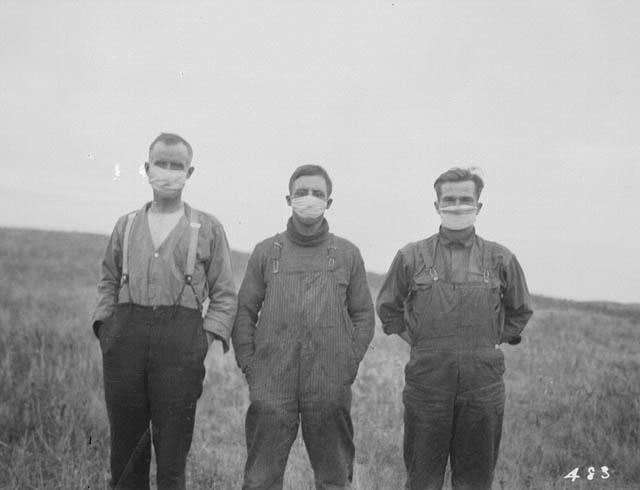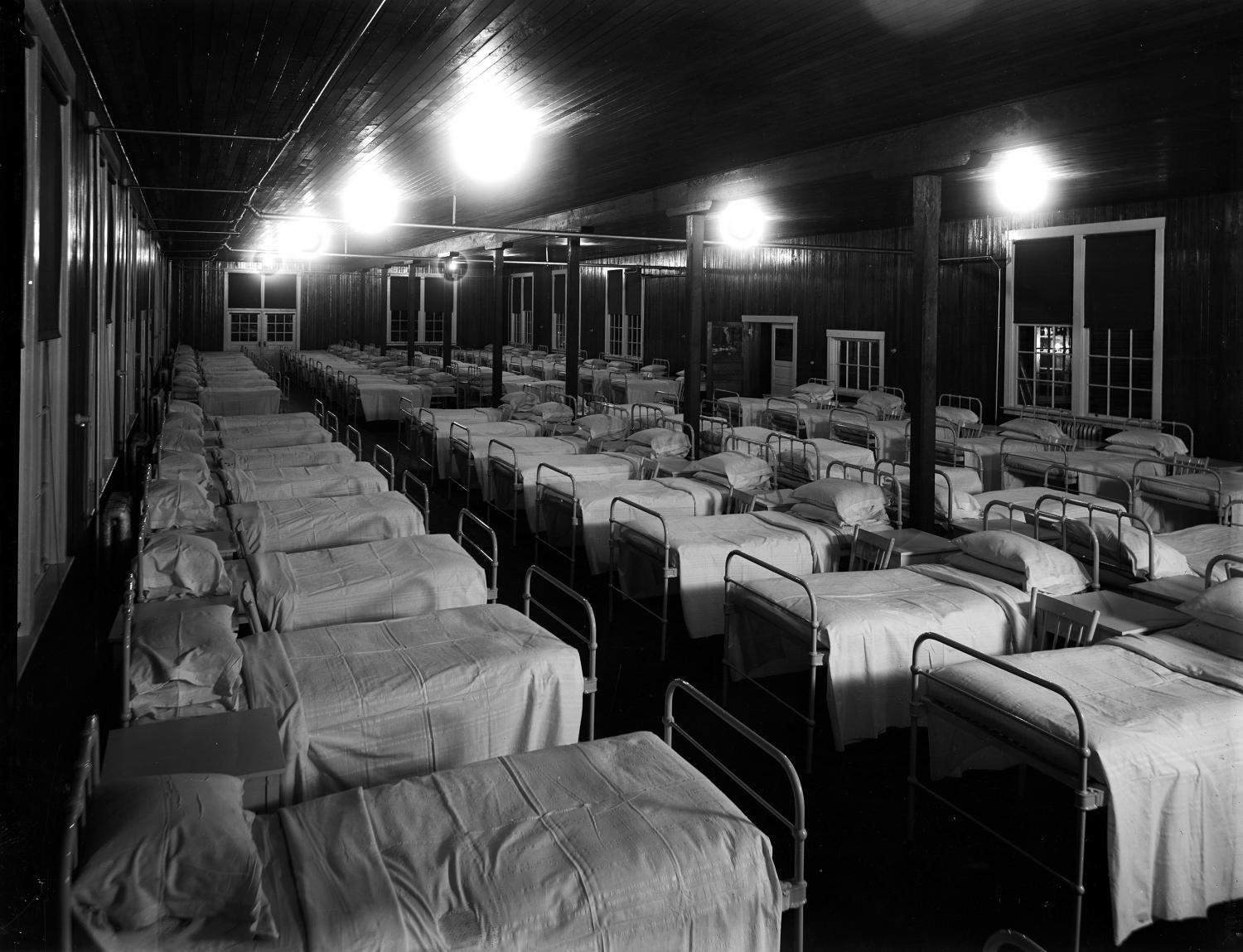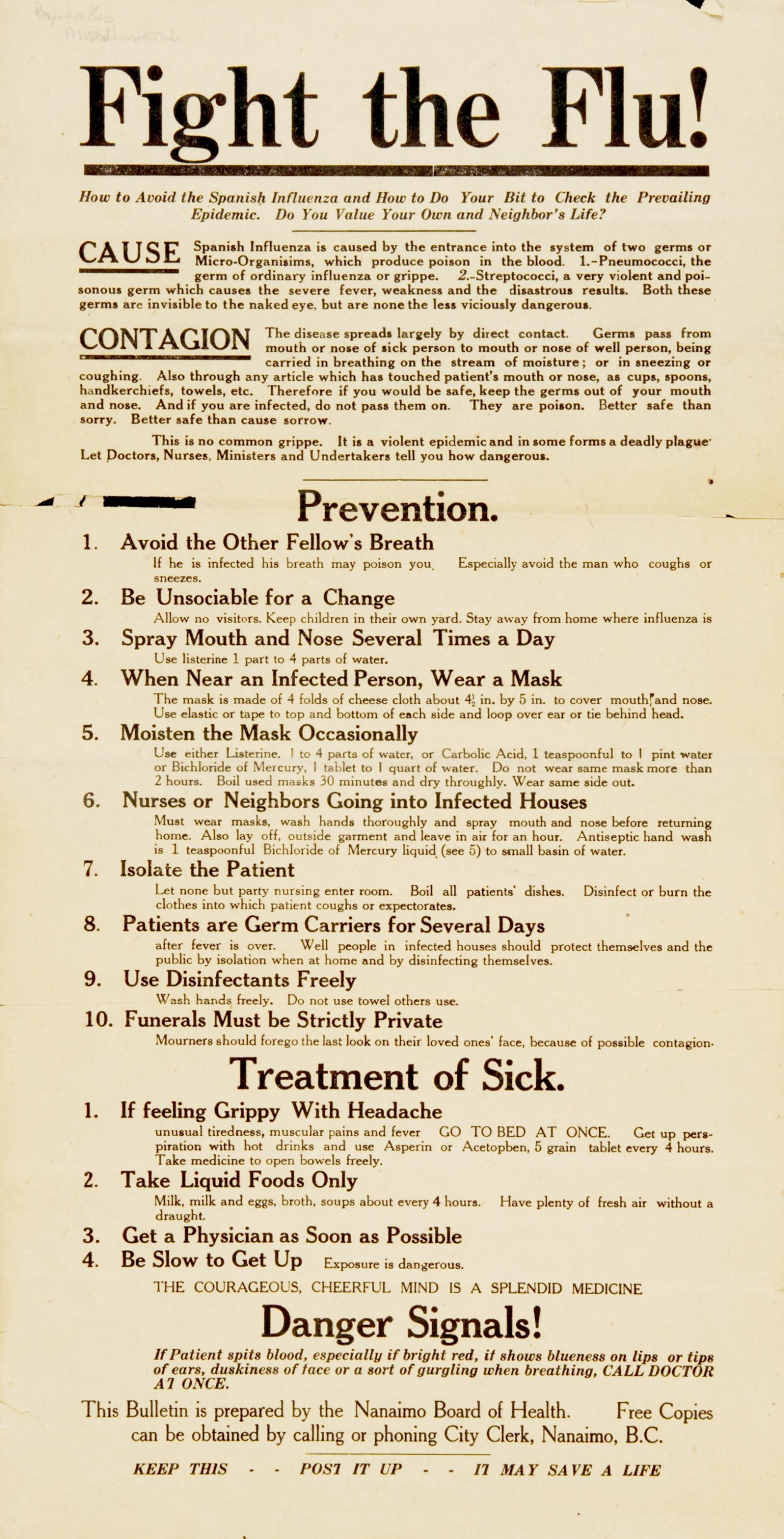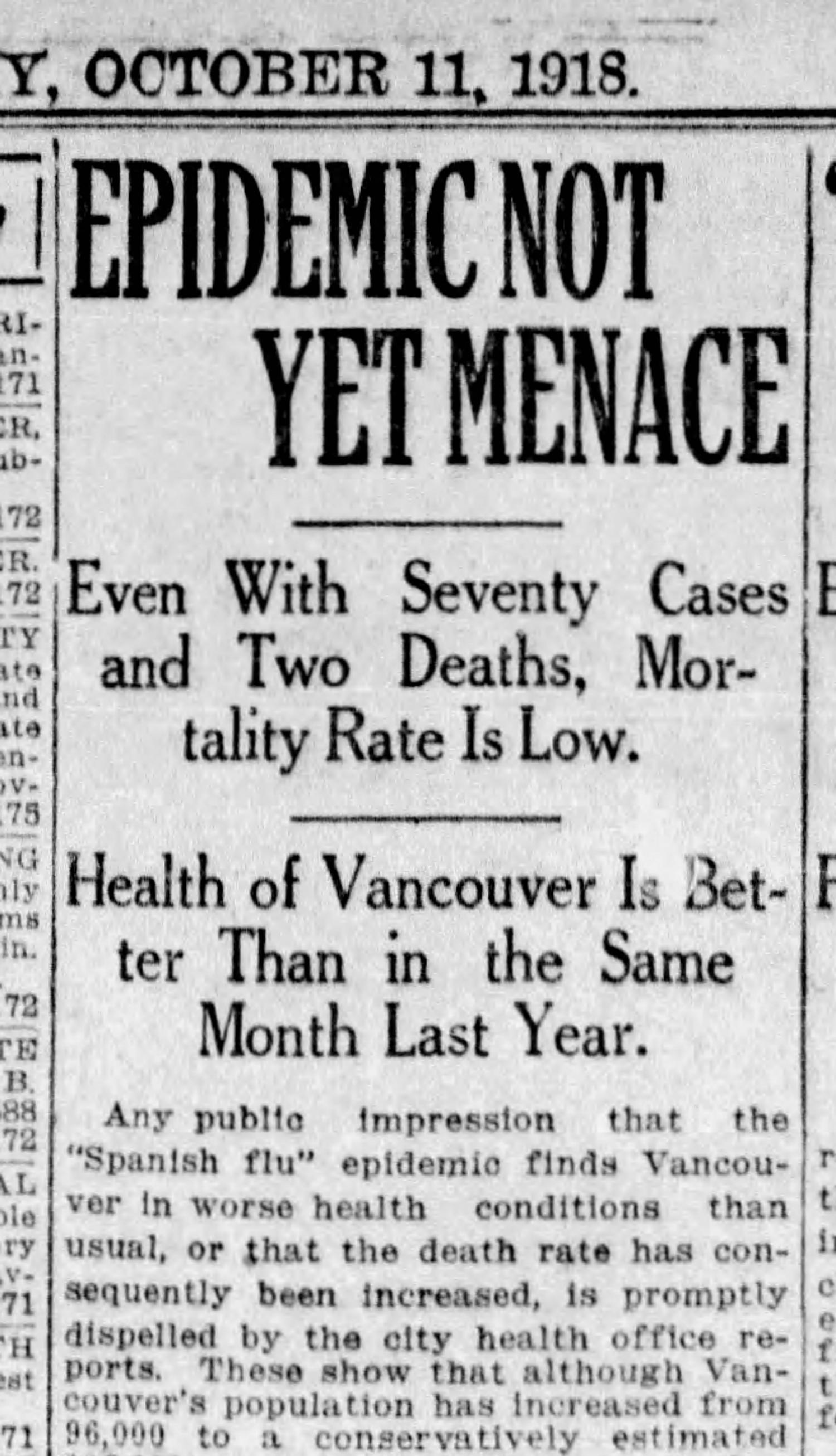Spanish Flu Hits B.C.
A third of the province falls ill during a once-in-a-century pandemic
Date: 1918
On Oct. 10, 1918, Harry Peuch died. Only a few days earlier, he had fallen ill with a new bug that was sweeping Vancouver. It was a disease with a concerning, and often fatal, trajectory. What would start as a simple headache and sore throat — the hallmarks of a typical cold — would develop into mahogany splotches across the face and lungs filled with fluid. Within eight days of Peuch’s death, another 900 people in the city had fallen ill with the same disease, and 32 had passed away. The Spanish flu — the 20th century’s deadliest pandemic — had officially arrived in British Columbia.
The First World War was winding down when the virus began circulating across the battlefront in Europe, claiming soldiers as its earliest victims. In June 1918, Canadian troops heading home unwittingly brought the disease with them: a deadly souvenir of a devastating conflict. It would take another few months before it arrived in Canada’s westernmost province, but upon its arrival, it spread everywhere. The virus confounded public health officials. Healthy adults — normally safe from the worst effects of other diseases — were suddenly vulnerable. Medical officers clashed with government officials about whether to close cities like Vancouver, implement mask usage and administer vaccines. The lack of a unified response to the disease frustrated the general public, who was growing increasingly skeptical of the abilities of those in charge.
Vancouver saw university classrooms converted to makeshift hospitals while disinfectants ran thin. By Oct. 22, only a few weeks after the flu’s arrival, 1.5 per cent of the city had fallen ill. In Victoria, which had taken more proactive measures and quickly closed public buildings, the disease still found its way to spread from the ships of returning soldiers to the busy docks full of well-wishing onlookers.
The virus crept into rural communities, as well. It hitched a ride along railway lines to the Britannia mines near Squamish and out to the Doukhobor communities and over-crowded logging camps in the Slocan Valley. The poorest and most transient of workers — usually immigrants working at these camps — were often the most vulnerable. The flu boarded ships destined for canneries along the central coast — Nanaimo, Bella Bella, Klahoose, Tuck’s Inlet — and spread to Indigenous cannery workers, who brought the disease to their own communities. Conditions were particularly dire in Prince Rupert. Many Indigenous men, workers living alone in the city, were found dead in boarding rooms. Meanwhile, all the children at the Coqualeetza Residential School in Chilliwack and St. Mary’s Residential School in Mission became infected. As seen in the rest of Canada, First Nations were some of the hardest-hit, with a death rate over nine times higher than that of non-Indigenous people.
For several months, the Spanish flu was the great unifier, touching all demographics. A second wave swept through Vancouver in January 1919. And then in March, a year after the first cases appeared in Europe, the once-in-a-century pandemic finally died down in B.C. In total, a quarter of the world’s population caught the disease, and over 50 million died. In British Columbia, it’s believed that a third of the province fell ill, and 4,000 died — the equivalent of 37,000 British Columbians dying today.
Sources:
- "100 Years since BC Slammed by Spanish Flu Pandemic." Vancouver Coastal Health, 10 Sept. 2018, http://www.vch.ca/about-us/news/100-years-since-bc-slammed-by-spanish-flu-pandemic.
- Andrews, Margaret W. " Epidemic and Public Health : Influenza in Vancouver, 1918-1919." BC Studies, no. 34, 1977.
- Buchanan, Sarah. Spanish Influenza in the City of Vancouver, British Columba, 1918-1919. University of Victoria, 2012.
- Grant, Peter. "Spanish Influenza in Victoria, Canada, 1918-1920: One City’s Experience of the Great Pandemic." Spanish Influenza in Victoria, 29 Mar. 2018, http://spanishfluvictoriabc.com.
- Hawthorn, Tom. "The Pandemic That Ripped Through Vancouver 100 Years Ago." Montecristo, 3 Apr. 2020, https://montecristomagazine.com/community/the-vancouver-pandemic-100-years-ago.
- Kelm, Mary-Ellen. "British Columbia First Nations and Influenza Pandemic of 1918-19." BC Studies, no. 122, 1999.
